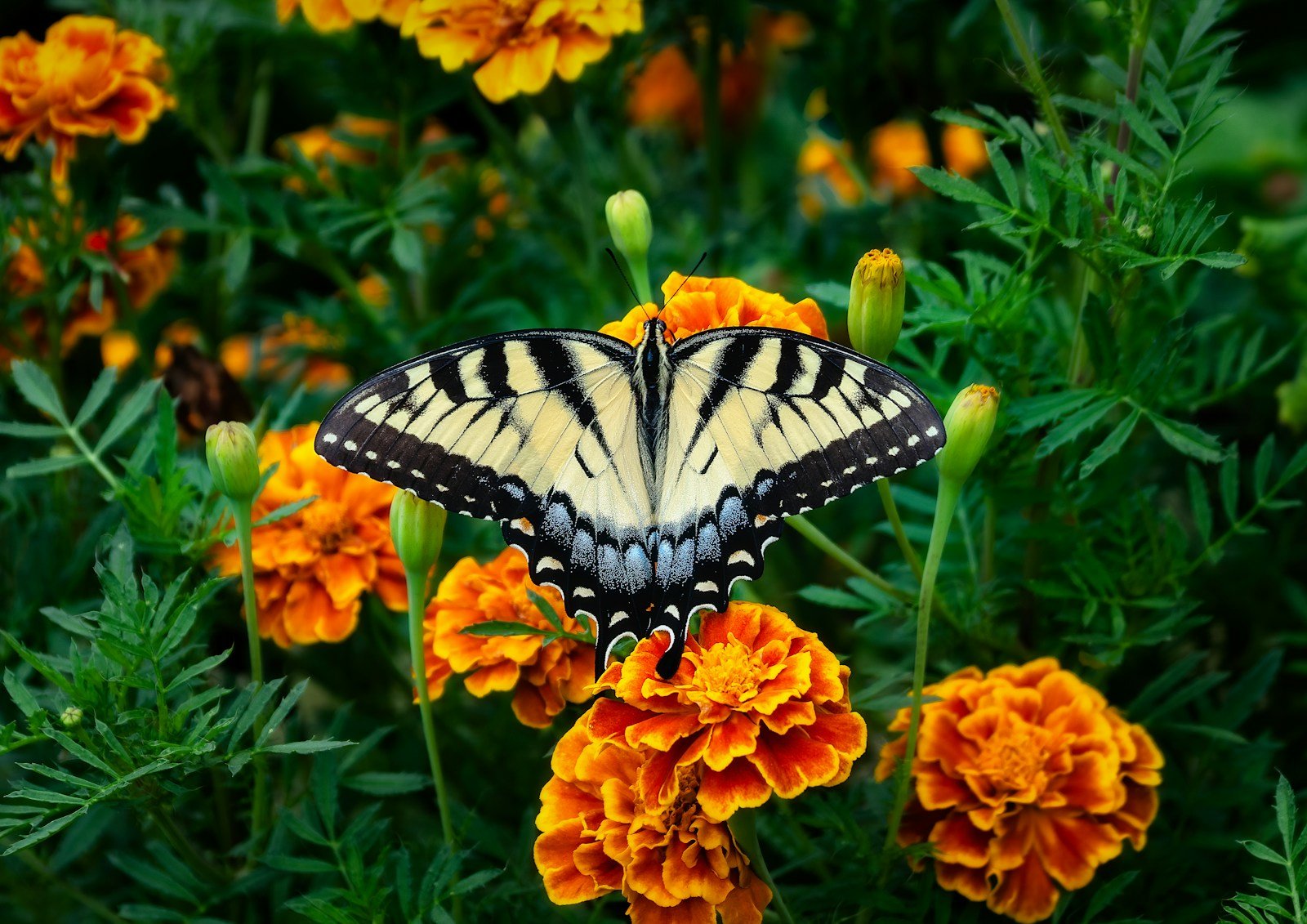Imagine stepping into a vibrant garden, where hues of gold and amber dance in the gentle breeze. This isn’t just any garden; it’s a marigold sanctuary. The air is thick with their earthy scent, and the sight of their radiant petals feels like a warm embrace from nature itself. This garden is more than a visual delight; it’s a testament to my journey towards eco-conscious living and sustainable gardening.
Personal Connection
My affair with marigolds began innocently enough. I remember the first time I planted those tiny seeds, unsure of what to expect. As the days turned into weeks, I watched with bated breath as the first sprouts emerged, delicate and green. It was a small miracle. Those marigolds were my first step into the world of sustainable gardening—a world where every plant has a purpose beyond its beauty.
It wasn’t long before I realized that marigolds were more than just a splash of color in my garden. They became symbols of resilience and renewal, teaching me lessons about patience, care, and the intricate balance of our ecosystem. Every time I tended to them, I felt a deeper connection to the earth and a growing commitment to nurturing it.
The Eco-Benefits of Marigolds
Marigolds are nature’s little eco-warriors. They bring a multitude of benefits to our gardens, making them indispensable for anyone interested in sustainable gardening. Here are some ways marigolds contribute to a healthy ecosystem:
Natural Pest Repellents
Marigolds are famous for their natural pest-repellent properties. The distinct scent of their leaves and flowers acts as a deterrent to many common garden pests, such as aphids, nematodes, and whiteflies. This means fewer chemical pesticides, which translates to a healthier environment for all garden inhabitants.
Soil Health Enhancers
Marigolds are also known to improve soil health. Their roots produce compounds that are toxic to harmful soil nematodes, effectively reducing these pests’ population. Furthermore, as marigolds decompose, they enrich the soil with organic matter, enhancing its fertility and structure.
Pollinator Magnets
These golden beauties attract beneficial insects, including bees and butterflies, which are crucial for pollination. By planting marigolds, you’re not only beautifying your garden but also supporting the biodiversity essential for a thriving ecosystem.
Planting Marigolds: Practical Tips
Starting your own marigold garden is simpler than you might think. Here are some practical tips to help you get started:
- Choosing the Right Spot: Marigolds thrive in full sun, so select a spot in your garden that receives at least six hours of direct sunlight daily.
- Soil Preparation: While marigolds are not particularly fussy about soil, they do best in well-draining soil. Adding compost can enhance soil quality and provide essential nutrients.
- Planting Seeds or Seedlings: You can start marigolds from seeds or purchase seedlings from a nursery. If planting seeds, sow them directly into the soil about 1/4 inch deep and space them 8-10 inches apart.
- Watering: Water your marigolds regularly, especially during dry spells. However, be cautious not to overwater, as marigolds prefer slightly dry conditions once established.
- Maintenance: Deadhead spent flowers to encourage continuous blooming and prevent the plants from going to seed too early.
Planting marigolds isn’t just an exercise in gardening; it’s a step toward embracing a more eco-friendly lifestyle. These resilient flowers teach us about the beauty of sustainability and the importance of nurturing our environment. So, I urge you to join me on this journey. Plant marigolds, nurture them, and watch as they transform your garden into a haven of ecological harmony.
In a world that often feels disconnected from nature, let marigolds be your bridge to a greener, more sustainable future. Together, we can cultivate not just gardens, but a deeper appreciation for the delicate balance of our ecosystem.

